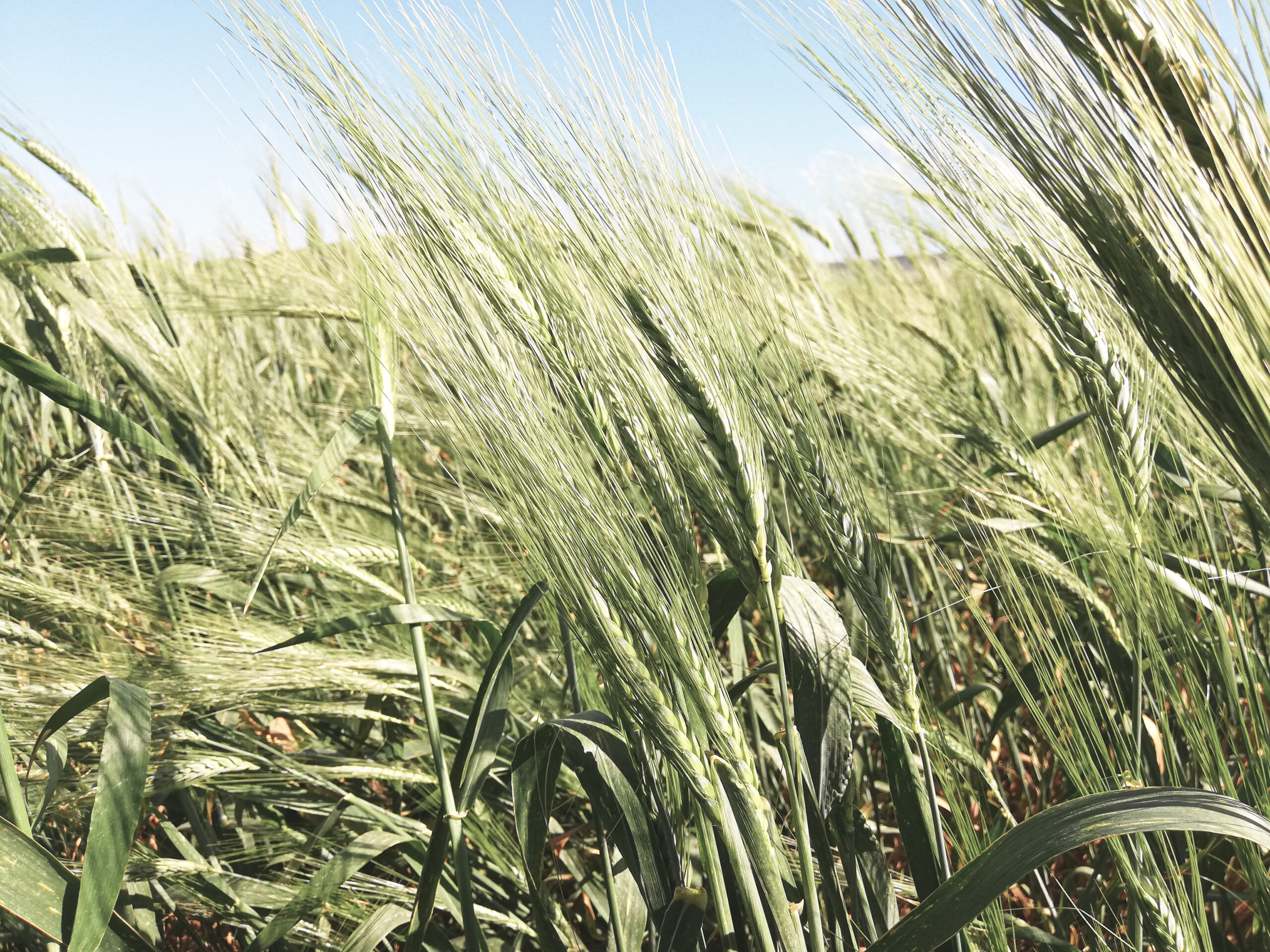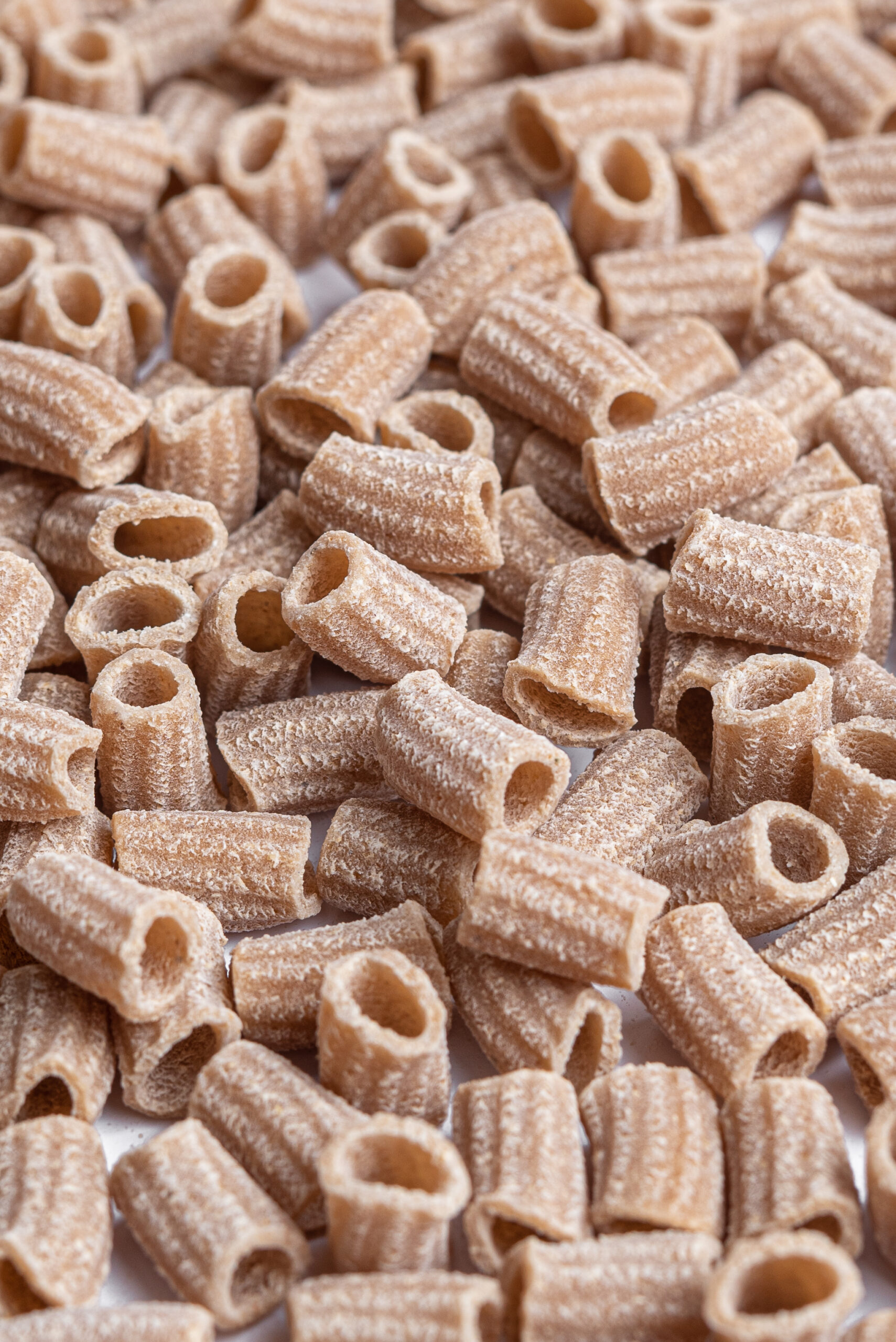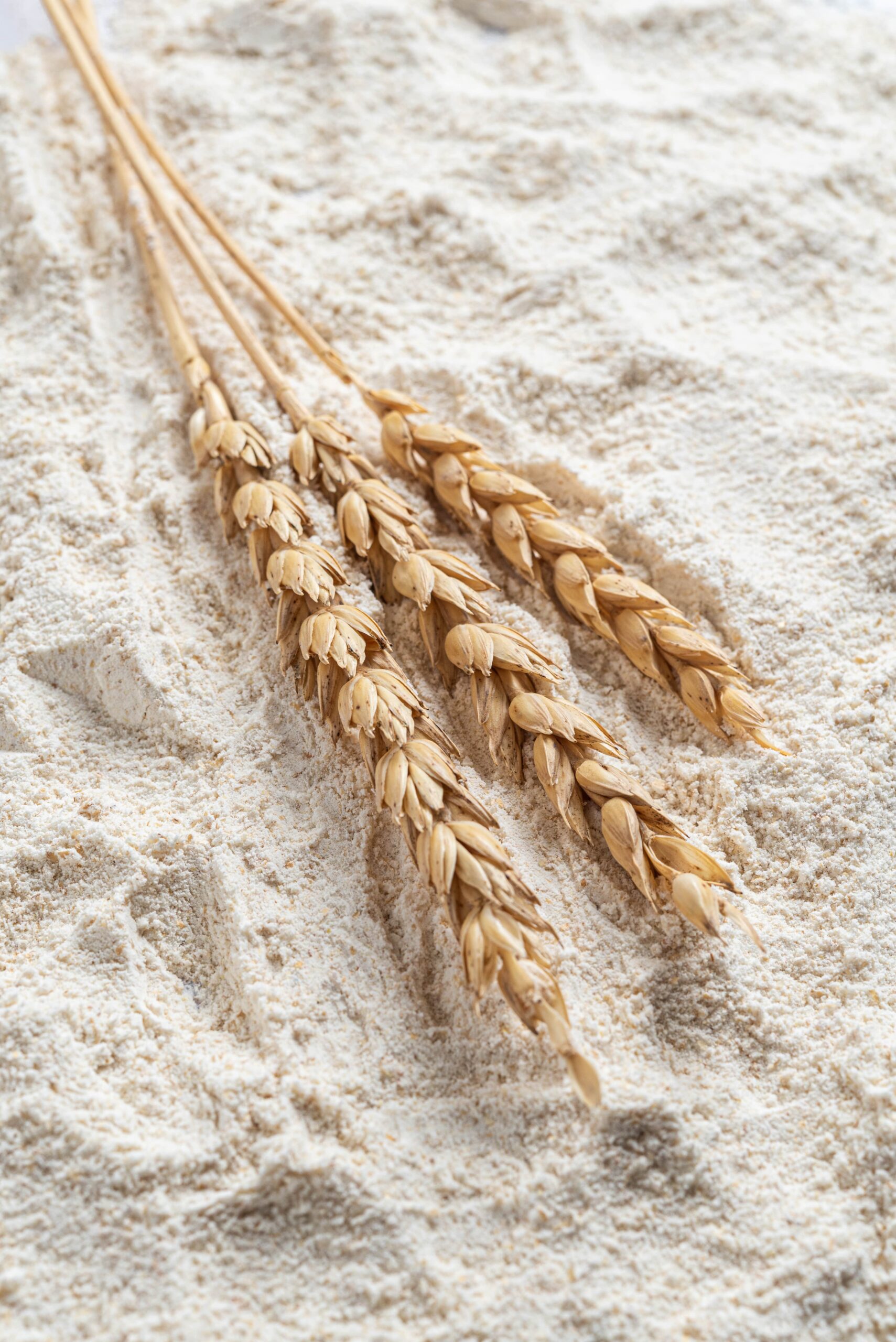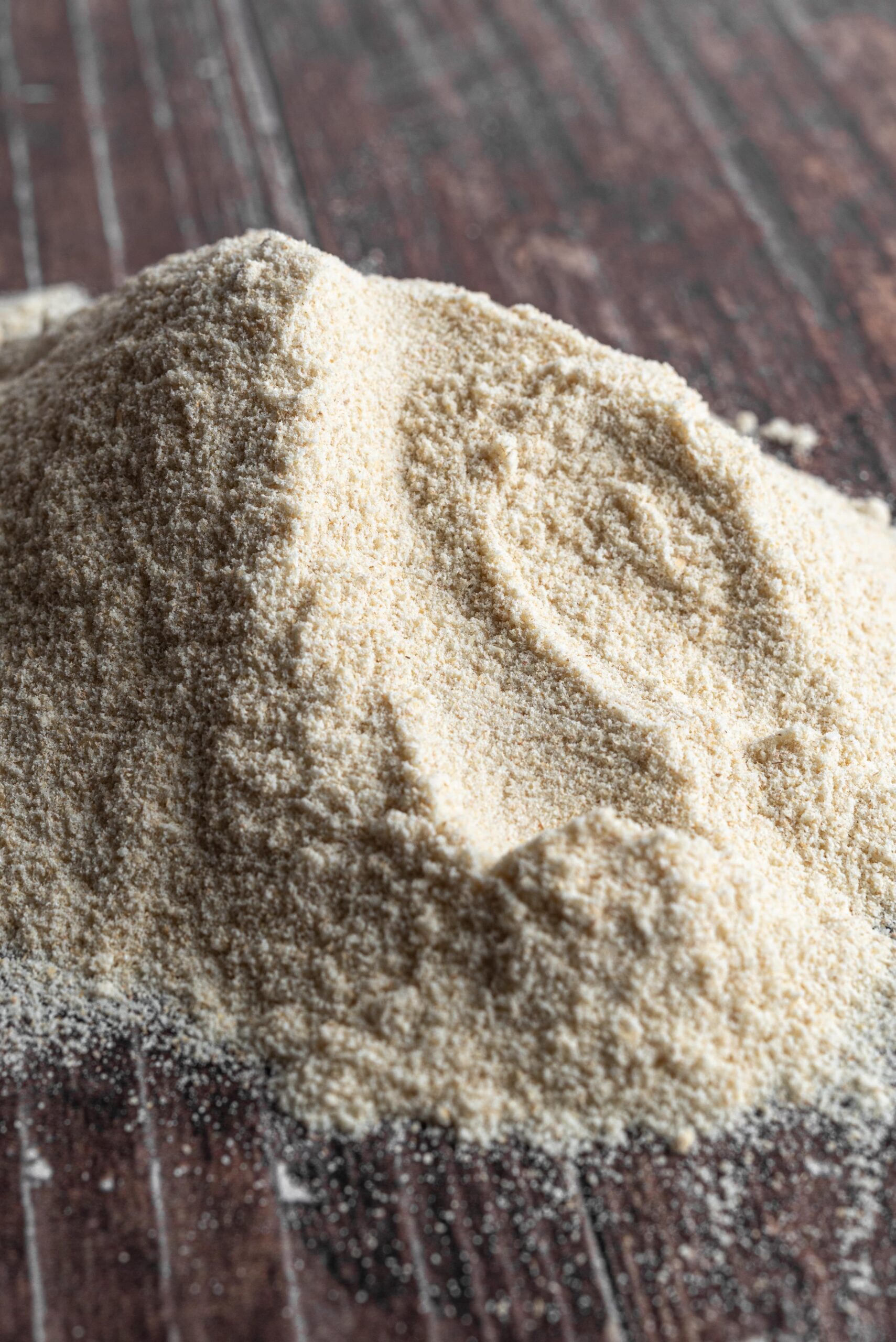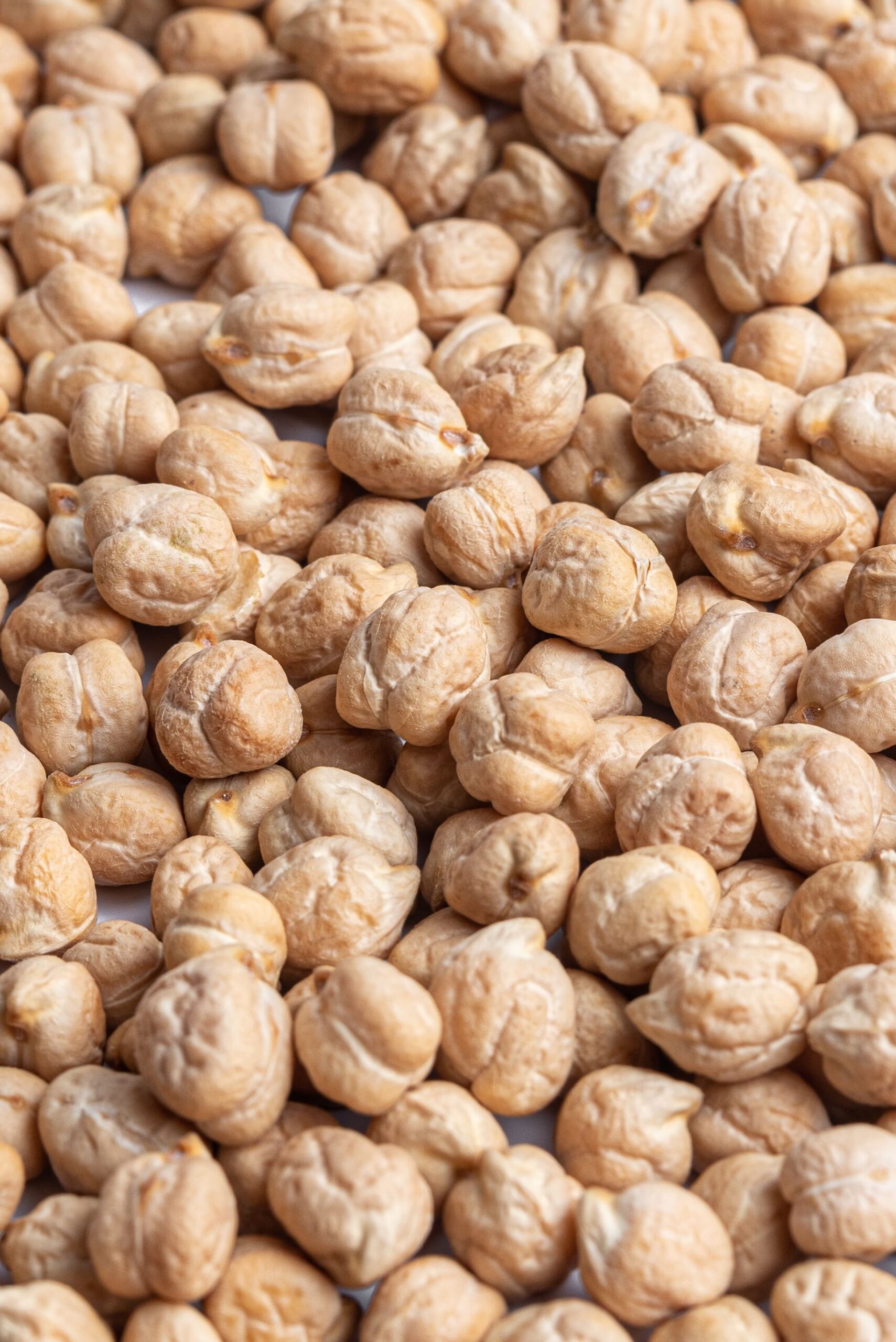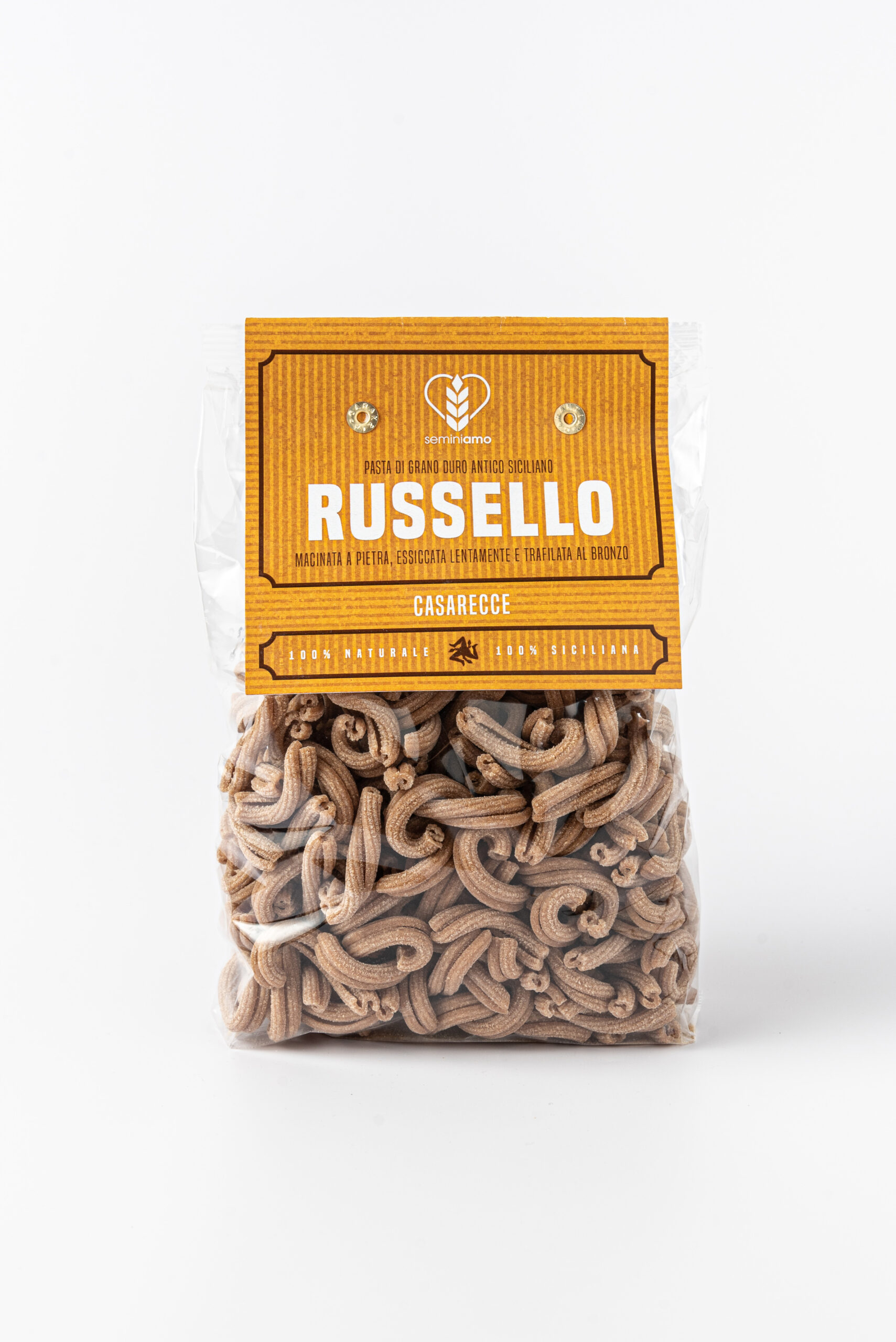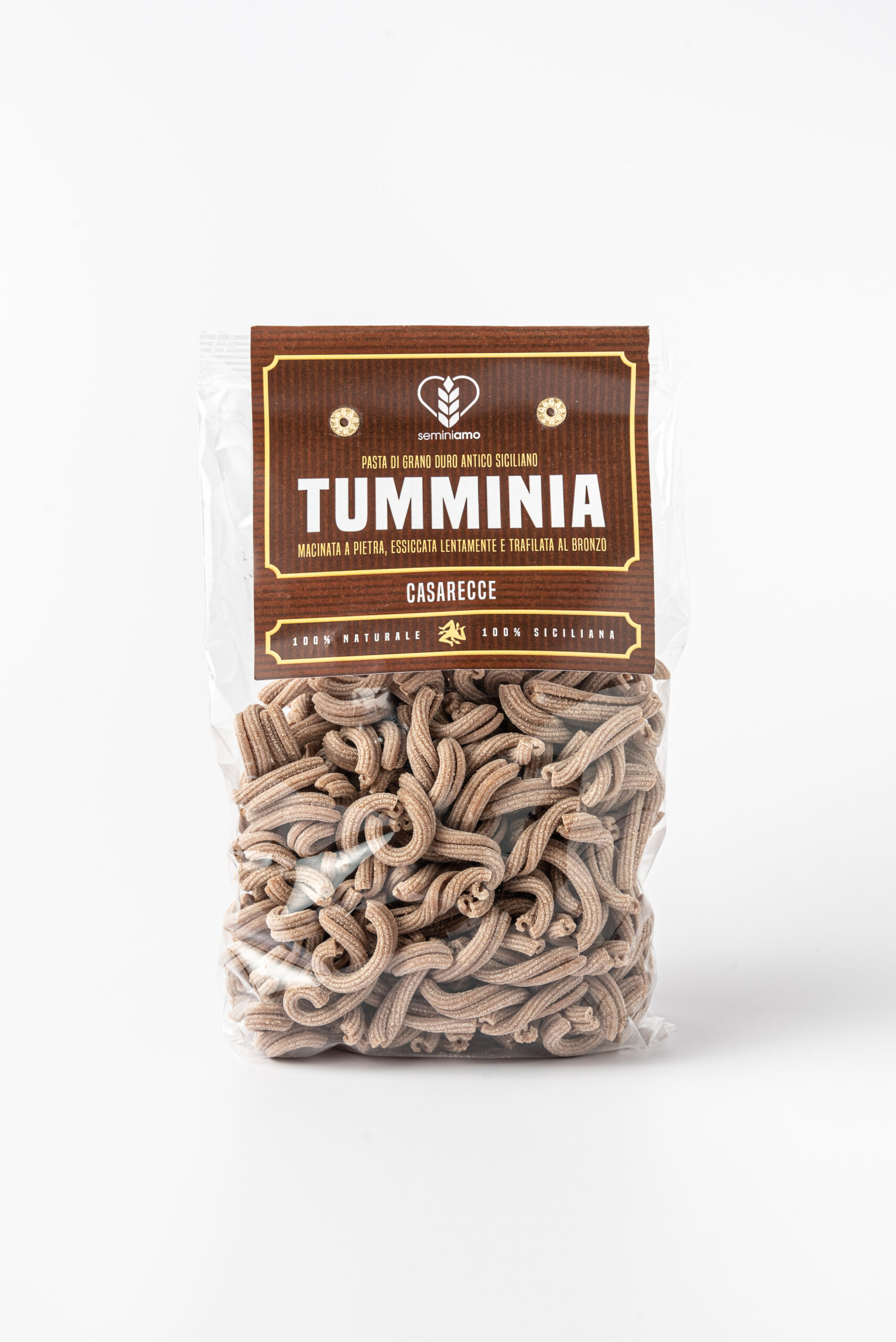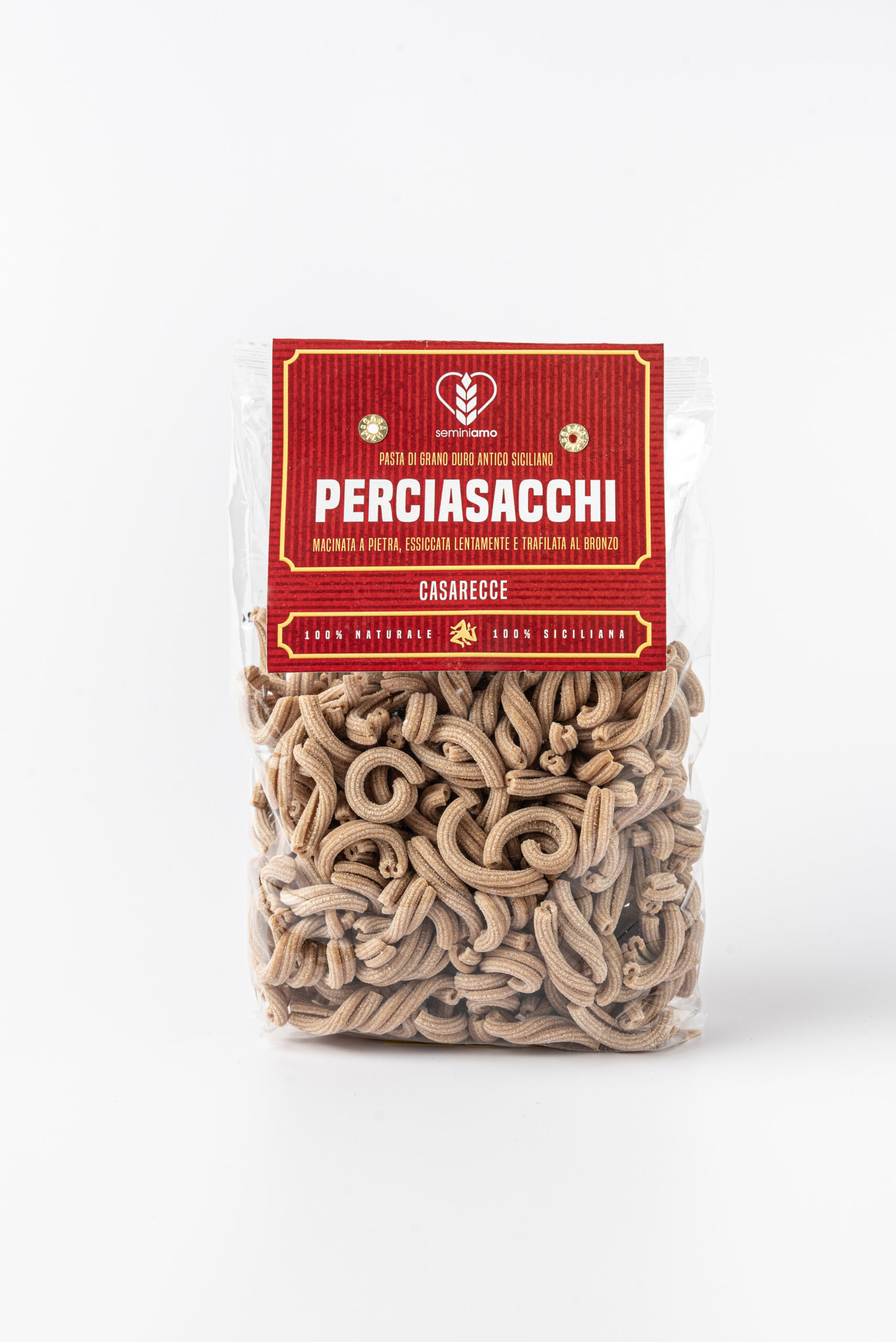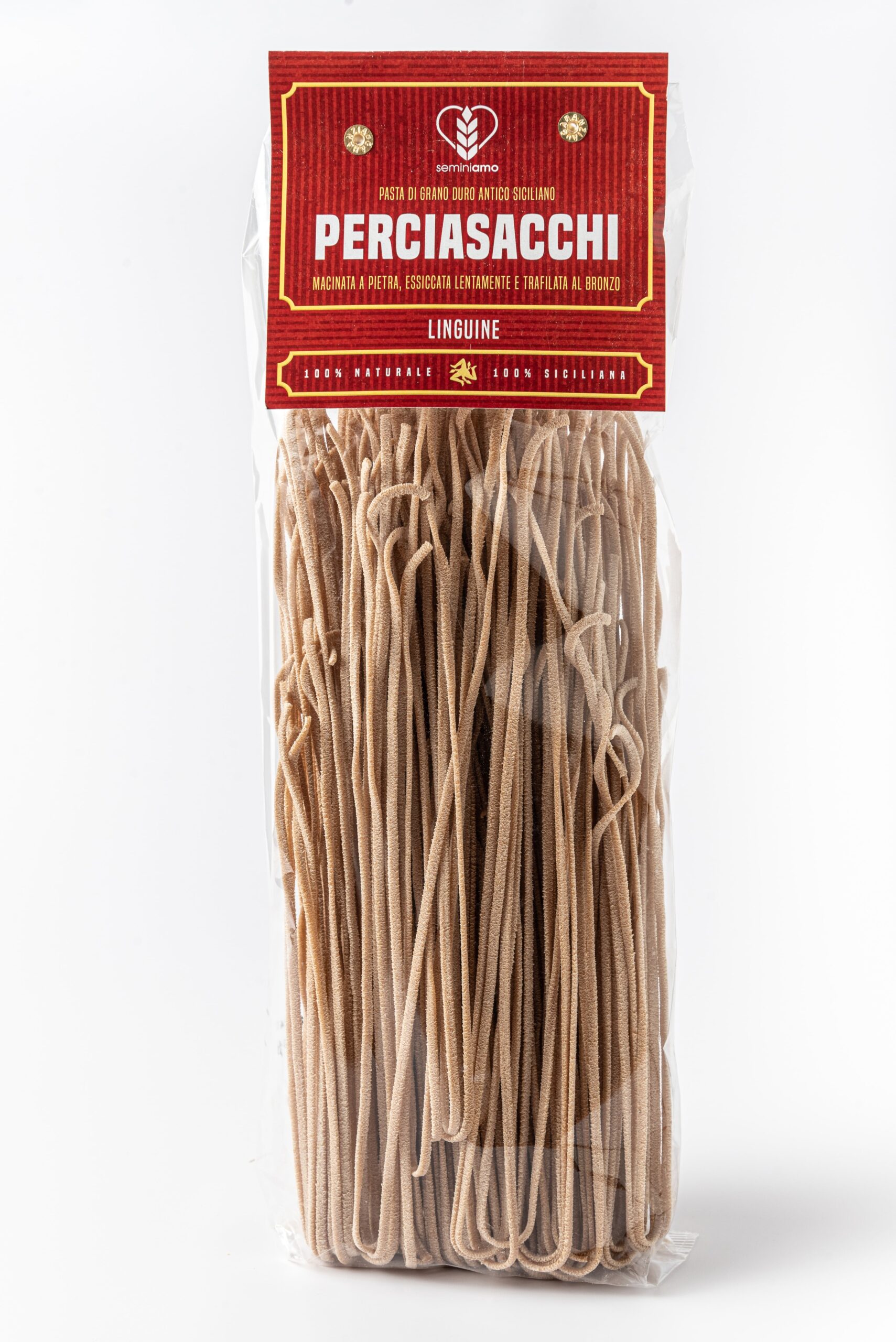Grains
We have chosen ancient grains because we really love our land and our planet and because we do not want to lose and forget all those tastes and smells that belong to our historical, genetic and cultural heritage.
Located between East, Africa and West, Sicily is a charming and mysterious island for its changing landscapes and its generous climate. According to Greek mythology, Sicily was the first land to receive the wheat as a gift, as a sign of gratitude from the goddess Demetra.
Every year, from May onward, the island landscape becomes golden thanks to the huge fields of wheat. Until 1927 in Sicily there were 52 native varieties of wheat that disappeared after the Italian economic boom and were replaced by genetically modified crops to increase the production at lower prices at the expense of authenticity and biodiversity.
In the last years, Sicilians farmers have decided to defend the native varieties of wheat of the island bringing them back to the market. Here in Seminiamo we have cultivated four varieties of ancient grains: maiorca, russello, perciasacchi and timilia (also called tumminia), always having a full respect for nature and biodiversity, since as we say in Sicily “a divirsità jè ricchizza” (diversity is richness).
Authentic
Genuine
Organic
Sustainable
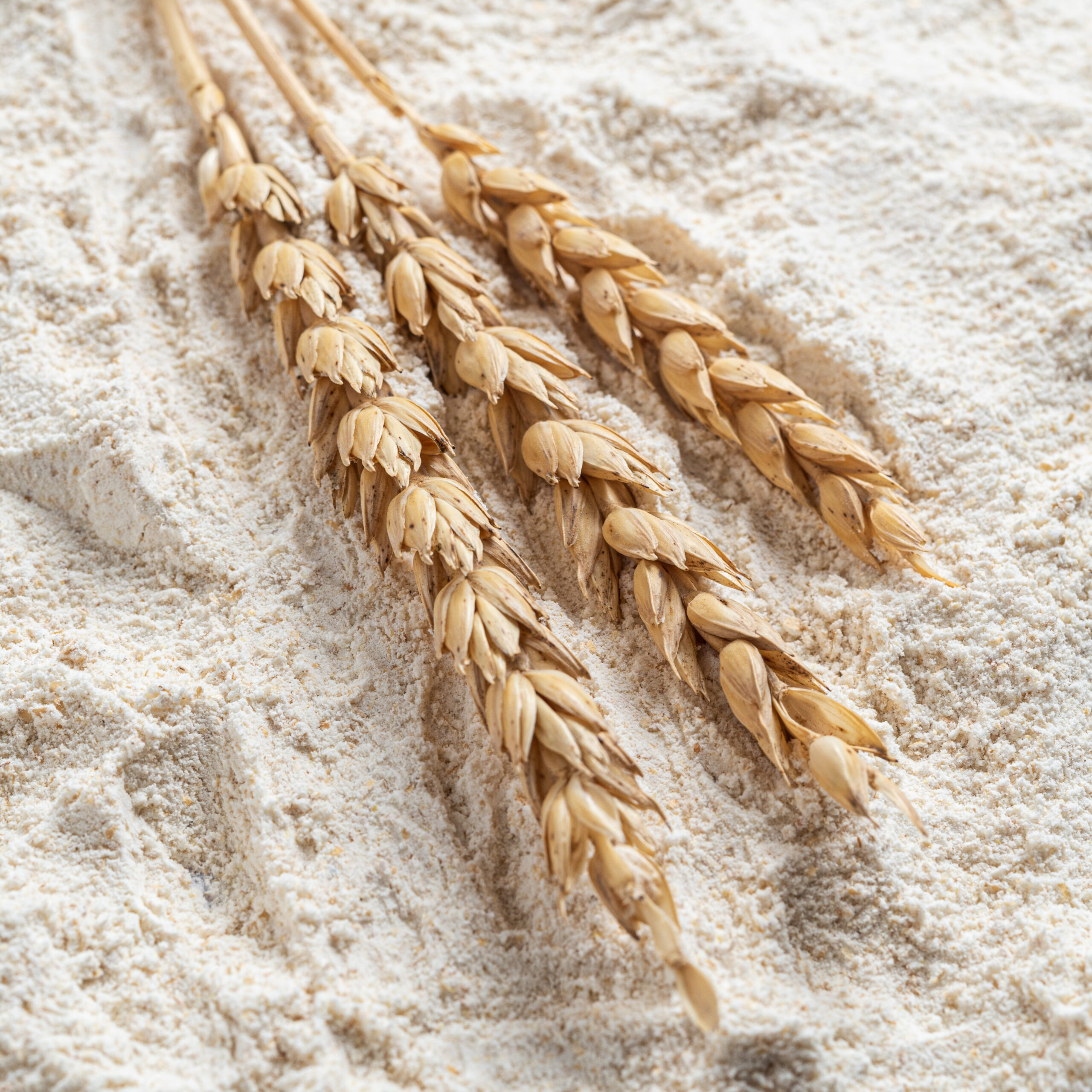
The flour of
the most ancient and delicious Sicilian pastries.
The ear of Maiorca wheat has specific features that make it unique: it is very thin, high (between 170 and 180 cm) and with an almost white colour. Without awns and in harmony with the Mediterranean climate, it is very easy to grow in dry and marginal lands. Our grandmothers used it to make delicious Sicilian pastries including the traditional Christmas biscuits: its white, candide and very soft flour is particularly suitable for making sweets, hosts, white bread, breadsticks and biscuits. It is often used to make almond paste and, according to some researchers, it would have been used in the first recipes to make the wafer of the famous Sicilian cannolo. The flour of Maiorca wheat was for our grandmothers what 00 flour is for us today, of course with a great difference in terms of quality and nutritional values. Maiorca is in fact rich in fibres and proteins and with a low glycemic index: it contains about 50% less than modern grains.
The “orange coloured”,
easy to digest wheat that keeps the cholesterol under control
Together with Timilia it is the most ancient durum wheat, typical of the Sicilian hinterland, with strong roots also suitable for shallow soils. Its very high ear that can grow up to 180 cm, gives to the landscape a charming and unforgettable look thanks to its characteristic reddish-orange colour from which this grain takes its name. It is not a very productive cultivar with a yield per hectare which is about 50% lower than the more modern cultivars but it is resistant to wheat leaf rust, foot rot disease and coal. It needs little nitrogen-based fertiliser and does not boost the growth of weeds due to the late sowing and its remarkable height. Its flours allow, with little water, (remember that Sicily has always been a land characterised by drought and lack of water) to produce hard dough bread that is very easy to digest and can be also consumed after some days. Russello wheat is still today used in Sicily to produce bronze drawn bread and pasta that are both easy to digest, resistant, tasty, perfumed, fibre and protein rich products. As all ancient grains, this grain too contains less gluten than others.
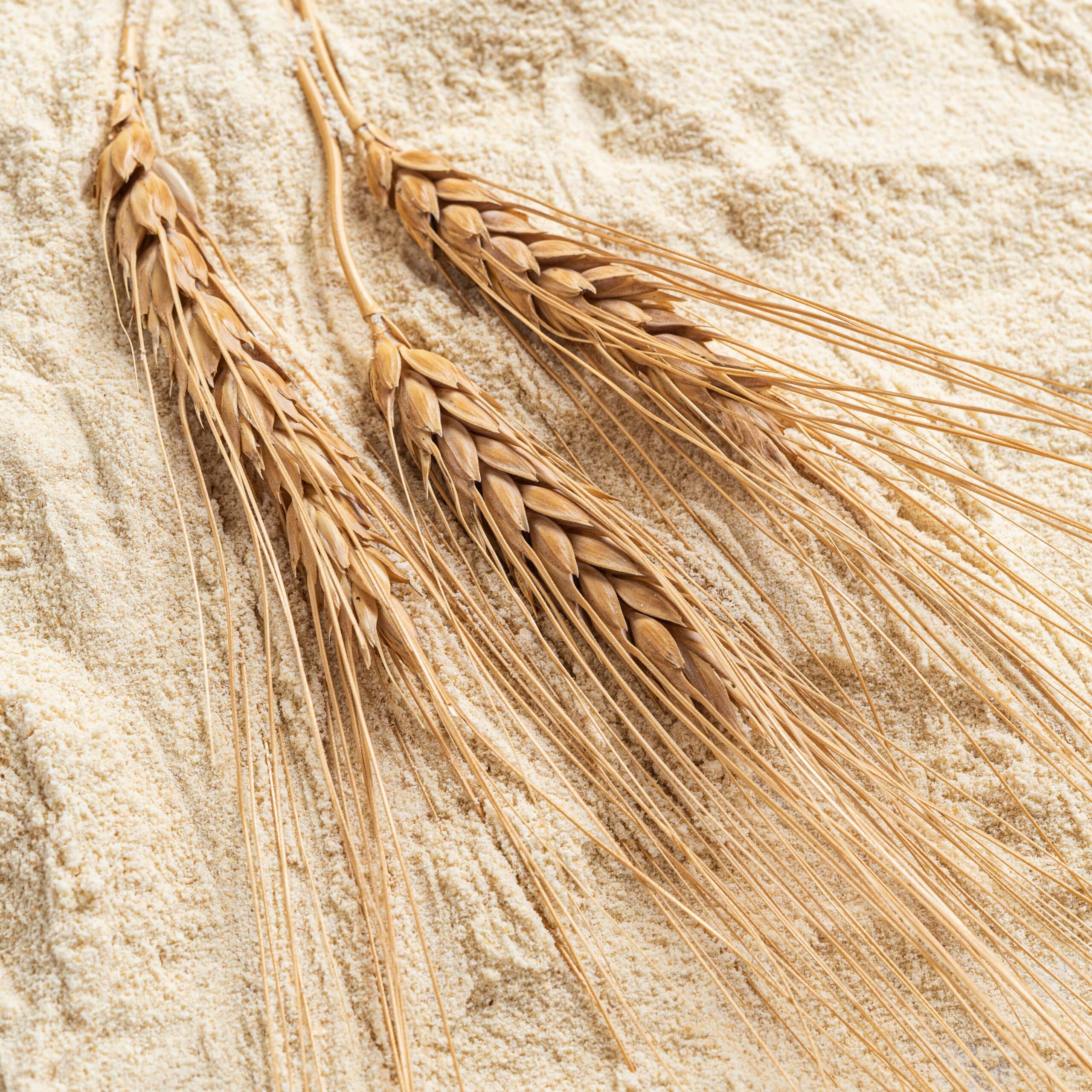
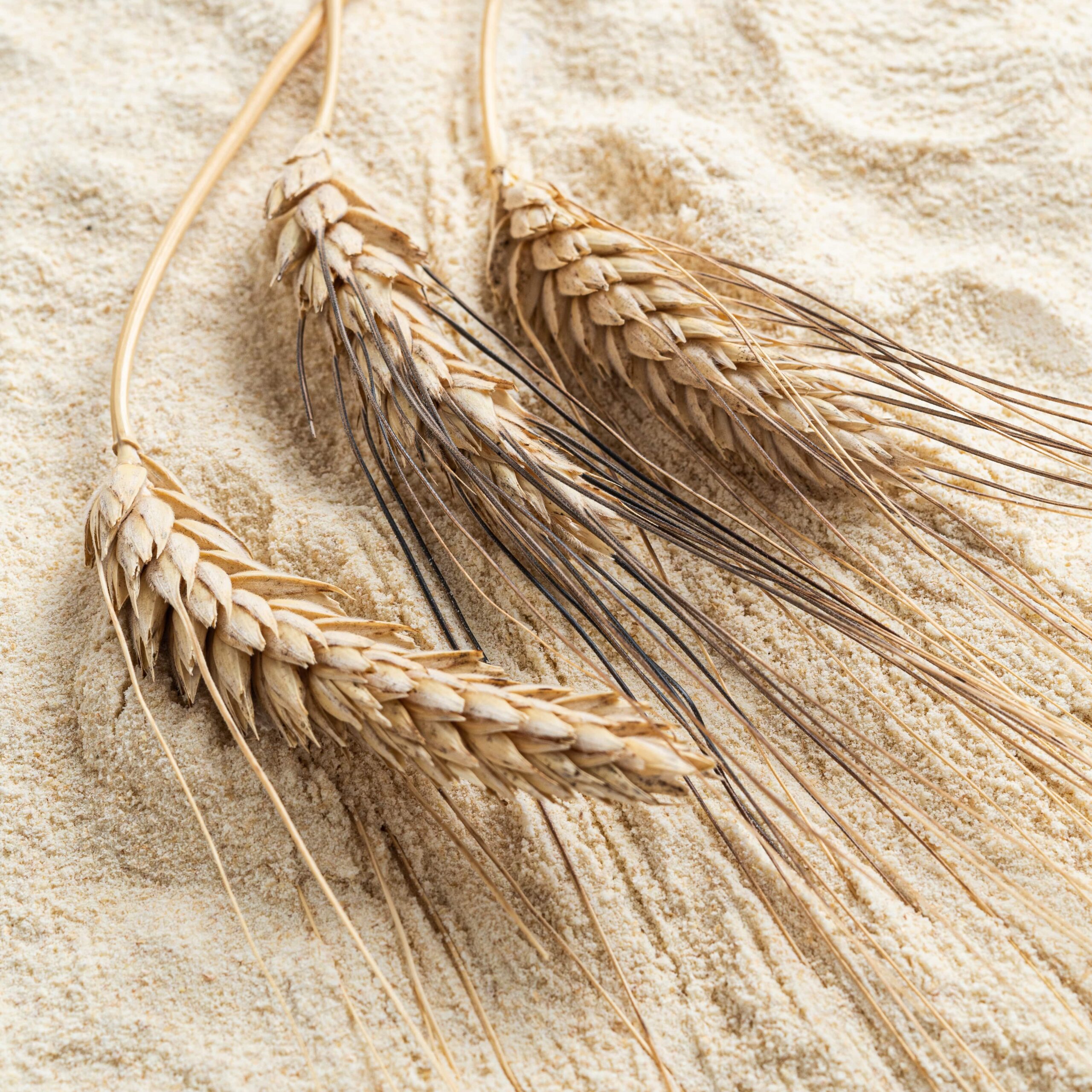
The Sicilian kamut
suitable for kneading
Perciasacchi wheat (which in Sicilian dialect literally means something that makes holes in sacks) takes its name from the pointed shape of its grains that made holes in jute sacks used during the transportation. The characteristics of this grain are similar to Khorasan wheat (better known under Kamut brand). The difference is that Perciasacchi is a Sicilian wheat not modified as Khorasan. This last was modified to increase the production at the expense of biodiversity and above all the peculiar properties of Perciasacchi wheat. It is a very drought resistant wheat suitable for cultivation in hot and dry countries and it does not require the use of chemical fertilisers. Moreover, thanks to its height between 150 and 180 cm, it manages to get the better of weeds without using chemical herbicides. Its flour, featuring a yellow colour thanks to the presence of carotenoids and a fine granularity, is suitable for the production of bread and pasta. This precious grain, that was not genetically modified, has kept its flavour, aromas and nutritional content unchanged in time.
The healthy dark
wheat that keeps the blood sugar level under control
It is a very old variety of ancient grain (traces of it were even found in Greek tests) that has risked disappearing due to the mass production. As all ancient grains, its ear is very high, naturally resistant to parasitics and suitable for lands with high rainfalls. It is also called “Marzuolo” (from the Italian word “Marzo”, that means March) because it is the only ancient grain that can be planted in March. In fact, thanks to its short production cycle it can grow and be ready for harvesting within a few months. The ear of Tumminia wheat features a dark yellowish colour and a tapered shape with black awns. Its yield per hectare is halved compared to modern grains. Timilia flour, after stone milling, has a brownish/greyish colour that is completely different from white flours available on the market. Food made with Timilia flour features a very dark colour. Different studies have demonstrated that Timilia flour can be also consumed by people having problems with glycemia since, due to the low content in gluten and the presence of fibres, it does not increase the level of sugar in blood. It also contains many wheat germ and bran oligoelements as well as a high protein value and low gluten index.
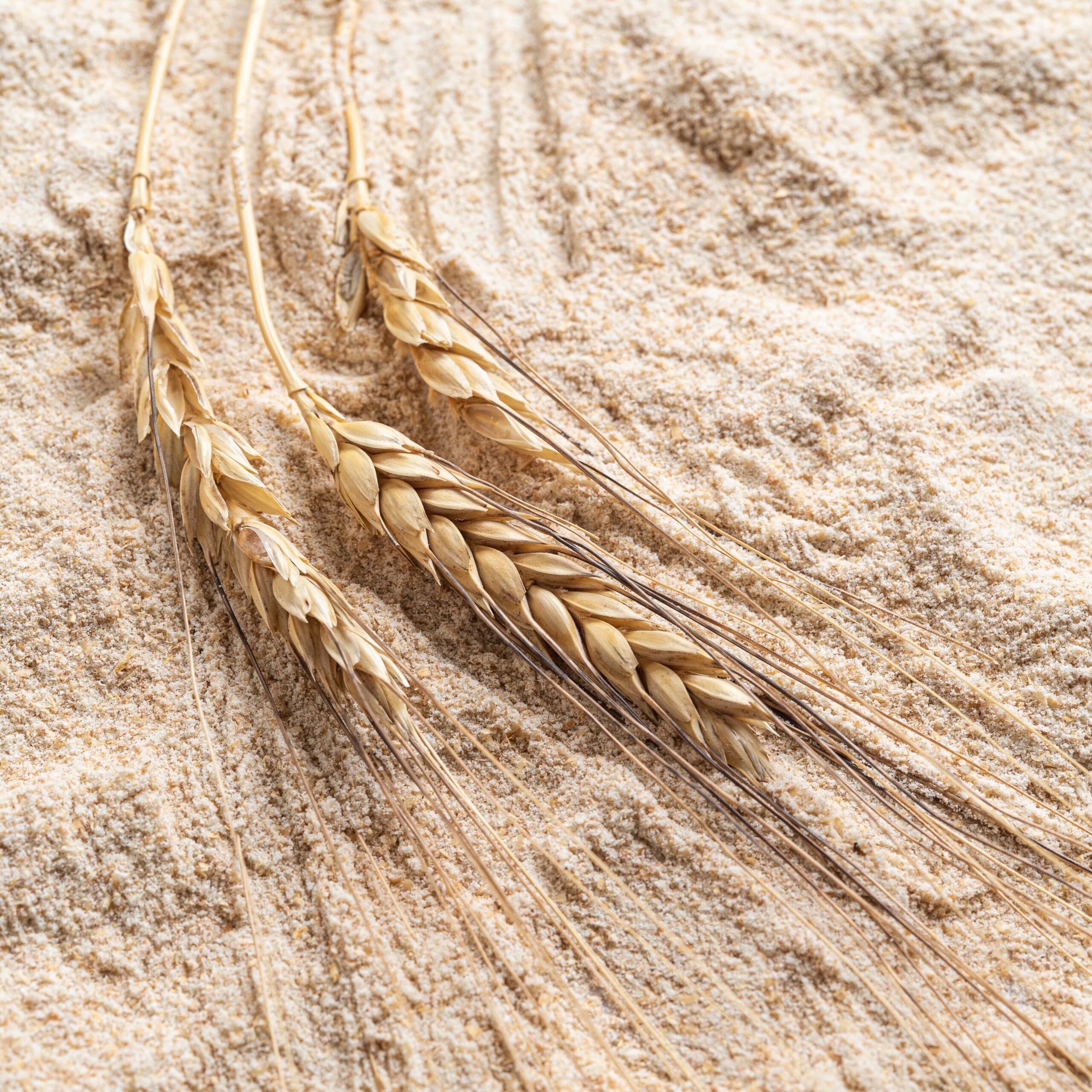
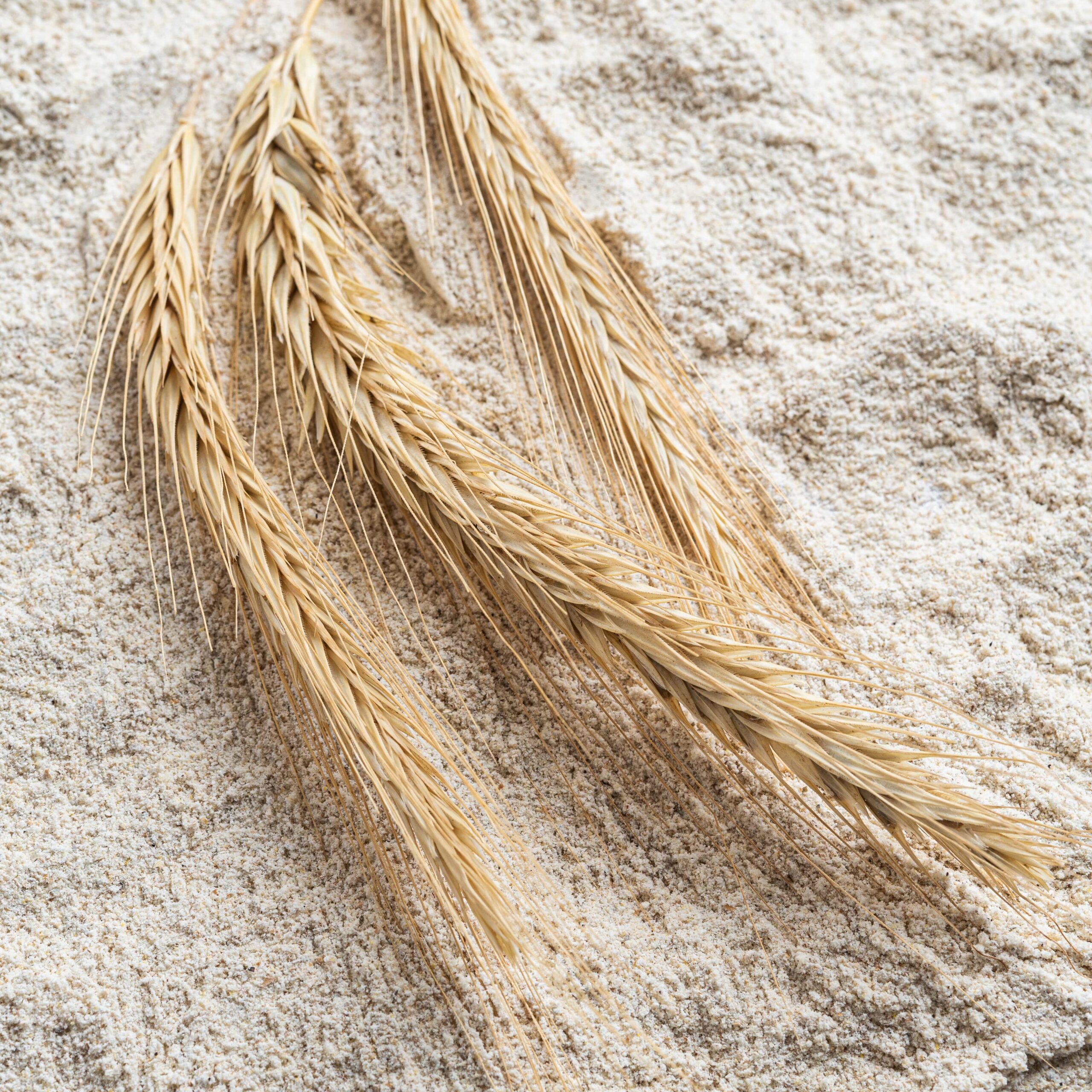
Rye, the most
resistant cereal
The last but not least variety of grain to mention is rye, used as food since the Bronze Age. It is similar to wheat and it is a very resilient cereal: it withstands extremely cold temperatures and has less thermal requirements. Therefore it can even survive in acid, sandy or lean soils. Whole rye flour, that can be used in pure form or mixed to other flours to make rye bread or other products, is a very healthy food for the intestine: it helps to regulate digestion and improve the health of the intestinal flora. Moreover it seems to perform a protective function on blood vessels and to prevent cardiovascular diseases, keeping a very low glycemic index and a higher quantity of minerals.
Choosing an ancient grain
In the last few years we have got used to using the traditional white 0 or 00 soft wheat flour to prepare almost everything: bread, pasta, bakery products, pastries, etc. However, this flour comes from a grain produced on a large scale, that has been selected and modified over the years to have a richer production and, above all, that is also very poor from a nutritional point of view. Then here you go 10 reasons why you should start preferring ancient grains.
1. They are not genetically modified
and for this reason their yield is much lower than the more known modern wheat. They are not worked intensively with the use of nitrogen-based fertilisers and glyphosate since they are naturally resistant to weeds due to their height and to mycotoxins since they easily grow in arid lands with a high rate of drought.
2. They are less refined and more nutritious
since they are stone-ground due to the fact they have a very different gluten index compared to modern grains, which makes their processing more difficult and incompatible with modern pasta-making technologies. Comparative studies between ancient and modern wheat varieties have shown that the former reduce or stop the production of pro-inflammatory cytokines in the human body and are also rich in vitamins, minerals, copper, iron, zinc and magnesium.
3. They contain a different quality of gluten
Compared to modern varieties, in ancient grains gluten is not different from a quantity point of view but from a quality point of view. What is different is the gluten index, a parameter that indicates its strength: its processing is more difficult and not so suitable for modern pasta-making technologies. Gluten proteins of ancient grain varieties also contain less ‘toxic epitopes’, the amino acid sequences recognized by the lymphocytes of celiac subjects. A diet based on wheat varieties with less ‘toxic epitopes’ may therefore help in the prevention of celiac disease, taking into account different factors related to its onset.
4. They help to fight cholesterol, glycemia and cardiovascular diseases
A recent study has shown that the use of ancient grain flours causes a significant reduction of both total and LDL (or ‘bad’) cholesterol and blood sugar. On the other hand this study has detected an increase of stem cells in circulation, mobilised by the bone marrow, that are able to repair damaged blood vessels.
5. They are rich in polyphenols, carotenoids, tocopherols and fibres
having important nutraceutical functions including anticancer, anti-inflammatory, immunosuppressive, cardiovascular, antioxidant and antiviral activities.
6. They are tastier and valuable
because they keep their organoleptic properties due to the stone milling and the traditional processing and, as a consequence, have shades of smells and flavours that the modern industrial wheat can just dream of.
7. They protect biodiversity
that is all the different varieties of grains naturally present in nations and regions. These grains have risked disappearing because production costs are higher while the yield is lower.
8. They are grown organically, totally or partially by hand,
so they have nothing to do with the industrial dimension and the economic policies carried out to sell at any cost a mass product at a low price.
9. They need handmade production
since they usually have a lower gluten index and, as a consequence, they need to be processed more carefully. In particular they need lower processing temperatures and longer leavening times.
10. They add value to the small producer
who cultivates the land with a different ethics, the ethics of love and respect against a world increasingly dominated by industrial products that do not pay attention to the needs of our body and nature. Moreover the ancient grain market usually has a short supply chain which is a great advantage for the consumer.


